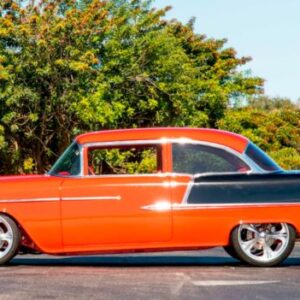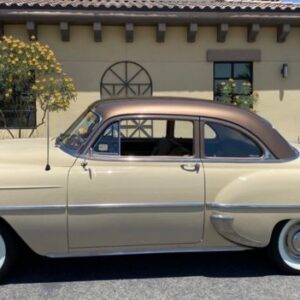The 1959 British Motor Corporation (BMC) Mini, also known as the Austin Seven or Morris Mini-Minor, is a legendary compact car that was produced from 1959 to 2000.
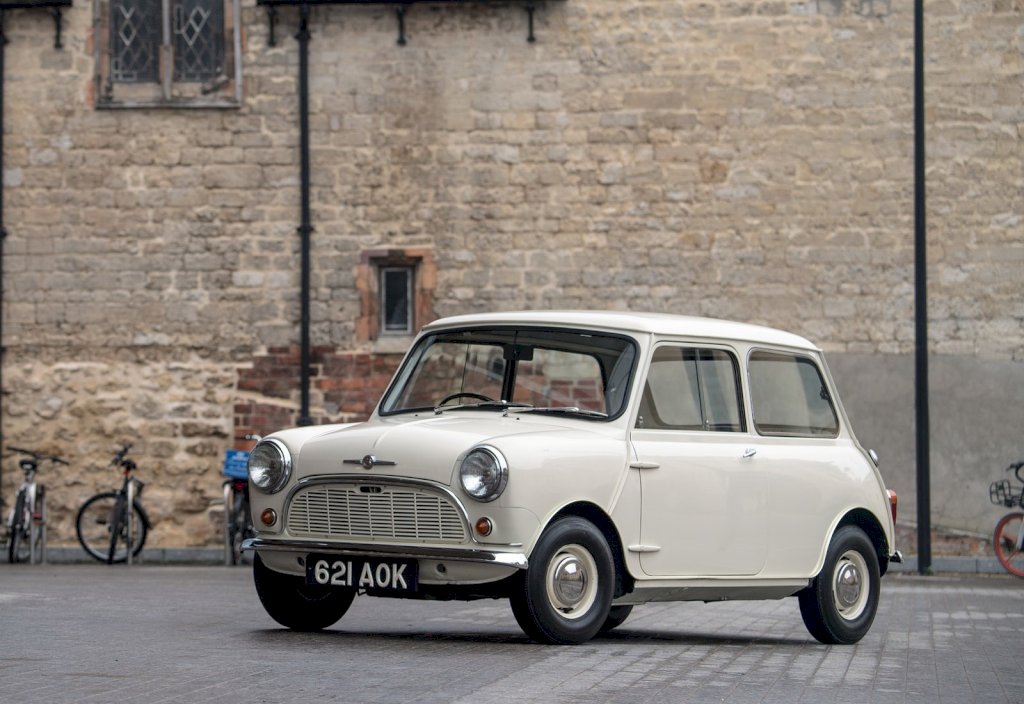
The 1959 BMC Mini holds a special place in automotive history as an iconic and innovative car that revolutionized small car design. Its influence and legacy continue to resonate in the automotive industry today.
It was designed by Sir Alec Issigonis and is considered a pioneering vehicle in terms of its space-saving front-wheel-drive layout and innovative design features.
1. Brand Awareness
The Mini quickly gained popularity due to its unique design, affordability, and fun-to-drive nature. It became an icon of the 1960s and was associated with the British cultural revolution of the time. The Mini’s compact size and maneuverability made it a favored choice for city dwellers.
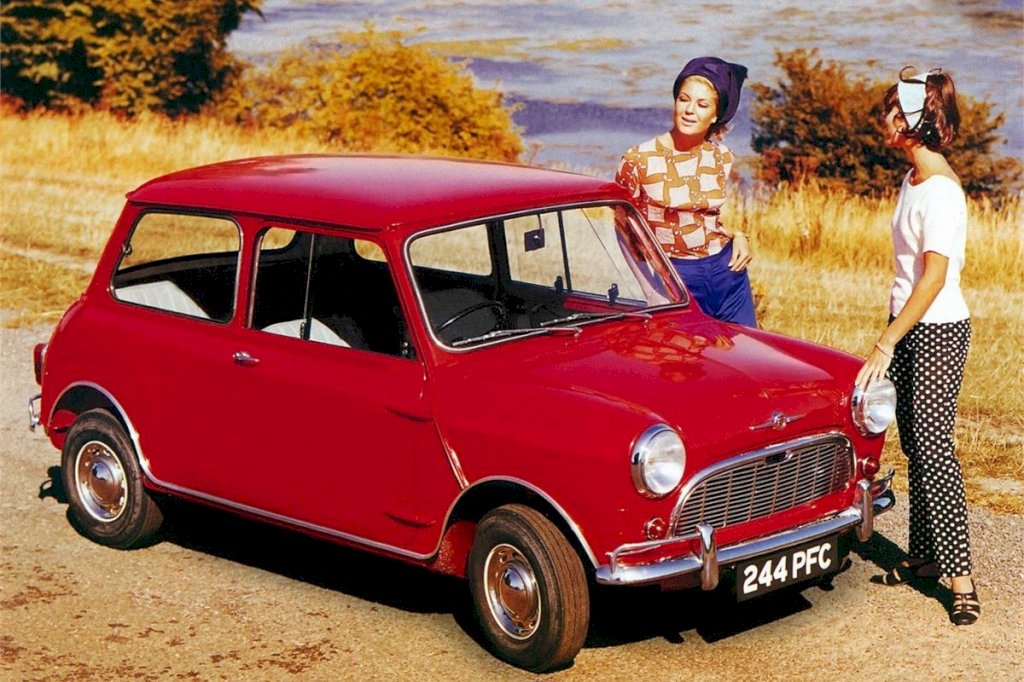
2. Enduring Popularity
The Mini’s popularity has endured over the years, with dedicated fan clubs, events, and gatherings celebrating its heritage. The car has a loyal and passionate following worldwide, with enthusiasts restoring and preserving vintage Mini models.

3. Motorsport Success
The Mini’s agile handling and lightweight construction made it successful in motorsport events. The Mini Cooper, a high-performance version of the car developed by John Cooper, achieved numerous victories in rallying, including winning the Monte Carlo Rally three times in the 1960s.

4. Later Variants
Over the years, the Mini went through various updates and revisions. It received cosmetic changes, engine upgrades, and different trim levels. The Mini spawned several variants, such as the Mini Clubman, Mini Moke, and the Mini Countryman, each catering to different needs and preferences.

5. Production and Legacy
The original Mini remained in production until 2000, with over 5 million units produced. Its influence can still be seen in modern small car designs. In 2001, BMW, which had acquired the Rover Group (including the Mini brand), relaunched the Mini with a new modernized design, capturing the essence of the original while incorporating contemporary features.
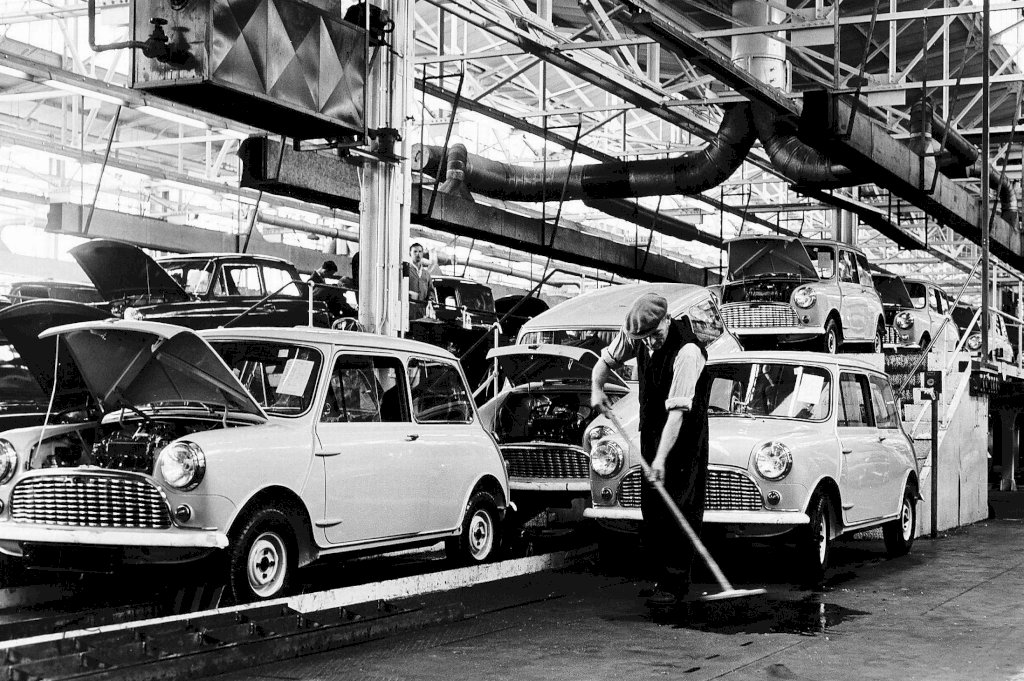
6. Cultural Significance
The 1959 British Motor Corporation (BMC) Mini holds immense cultural significance, particularly in the context of British history and popular culture. Here are some aspects of its cultural impact:
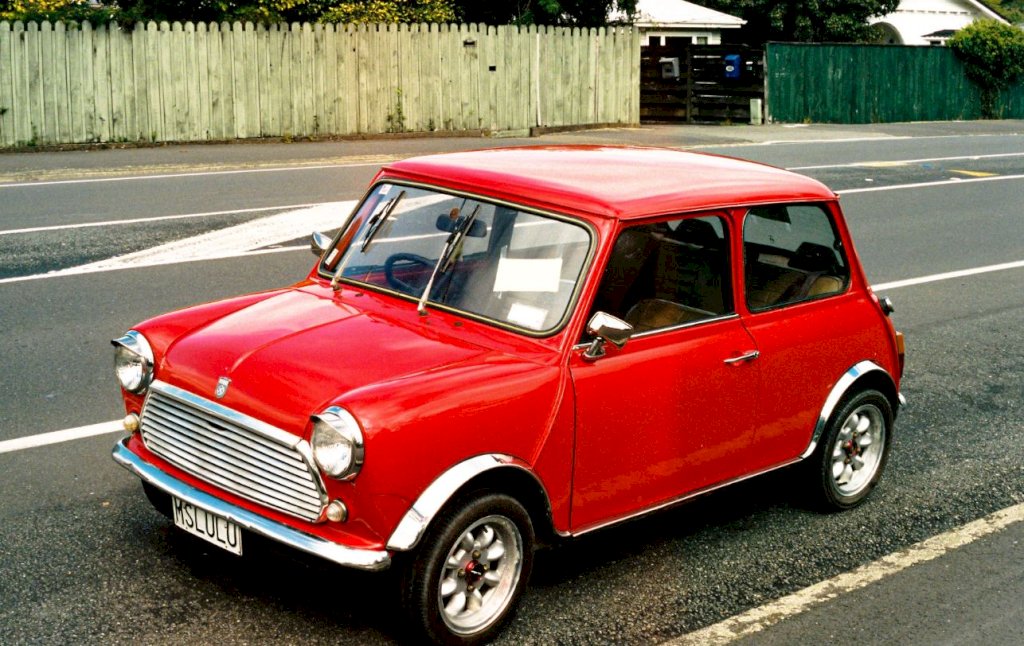
Icon of the Swinging Sixties
The Mini became an icon of the 1960s and the “Swinging London” cultural revolution. It embodied the youthful and rebellious spirit of the time, representing a break from traditional norms and a symbol of freedom and individuality.

British Pop Culture
The Mini featured prominently in British pop culture of the 1960s and beyond. It appeared in films such as “The Italian Job” (1969) and “A Hard Day’s Night” (1964) featuring The Beatles. Its association with popular figures and celebrities further elevated its cultural status.

Affordable and Accessible
The Mini’s affordable price tag and compact size made it accessible to a wide range of people. It became a popular choice for urban dwellers, young drivers, and first-time car buyers, providing them with an affordable and stylish means of transportation.

Fashion and Design Influence
The Mini’s unique design had an impact beyond the automotive industry. It influenced fashion trends, with the car’s colors and patterns inspiring clothing and accessory designs. The Mini’s compact and functional design ethos also influenced product designs in other areas, such as furniture and household items.

Design Legacy
The Mini’s design and engineering innovations have had a lasting impact on the automotive industry. Its space-saving layout, front-wheel-drive configuration, and clever packaging have influenced the design of subsequent small cars. The Mini’s iconic design elements, such as its boxy shape and distinctive grille, have been echoed in modern car designs as an homage to its cultural significance.

7. Design
The design of the 1959 British Motor Corporation (BMC) Mini was a remarkable departure from conventional car designs of its time. It was innovative and ahead of its time. Its unique layout, compact dimensions, and clever space utilization made it a groundbreaking vehicle that left a lasting impact on the automotive industry.

Sir Alec Issigonis, the chief designer, aimed to create a small car that maximized interior space while being compact and efficient. Here are some notable design features of the 1959 Mini:
Compact Exterior
The Mini had a distinctive boxy shape with minimal overhangs, allowing for maximum use of interior space. The short front and rear ends contributed to its excellent maneuverability and compact footprint, making it ideal for city driving.
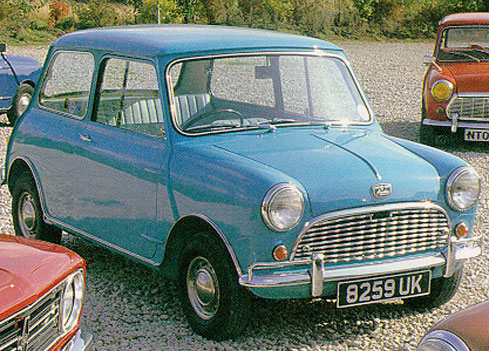
Size and Dimensions
The 1959 Mini had a length of approximately 3 meters (10 feet) and a width of about 1.4 meters (4.6 feet). Its compact size made it ideal for urban driving and parking in tight spaces.
Space Optimization
To maximize interior space, the Mini featured a transverse-mounted engine, meaning the engine was mounted sideways, with the gearbox located beneath it. This innovative layout allowed for a shorter front end and a more spacious passenger cabin.
Monocoque Construction
The Mini pioneered the use of monocoque construction, which means that the body and chassis were integrated into a single unit. This design eliminated the need for a separate chassis, reducing weight and improving structural rigidity.
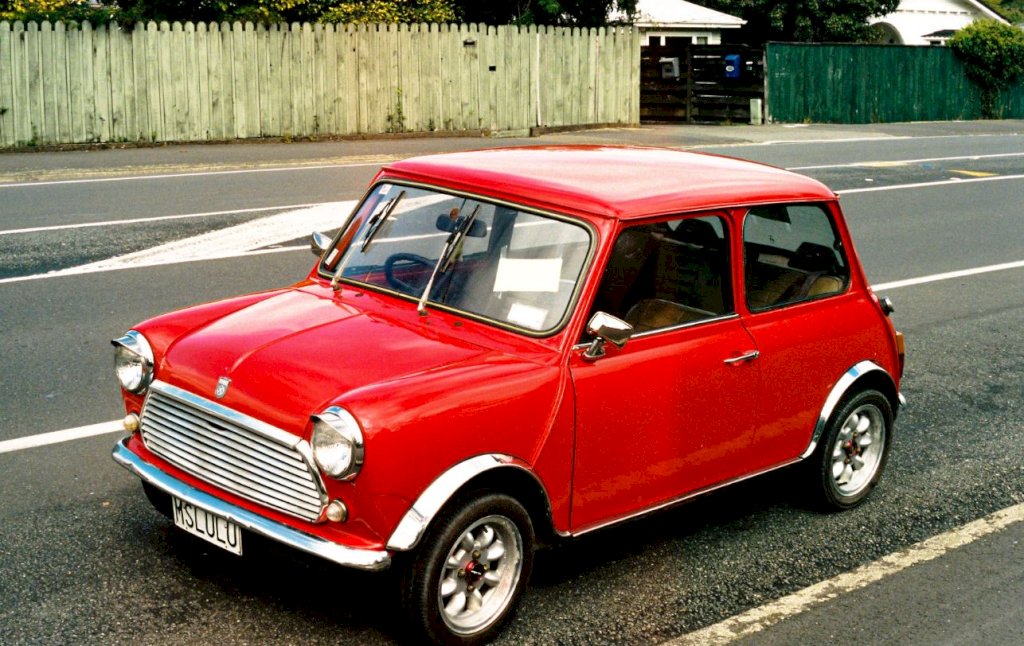
Wheel-at-Each-Corner Design
The Mini’s wheels were pushed out to the corners of the car, maximizing the wheelbase and creating more interior space. This design also improved stability and handling characteristics.
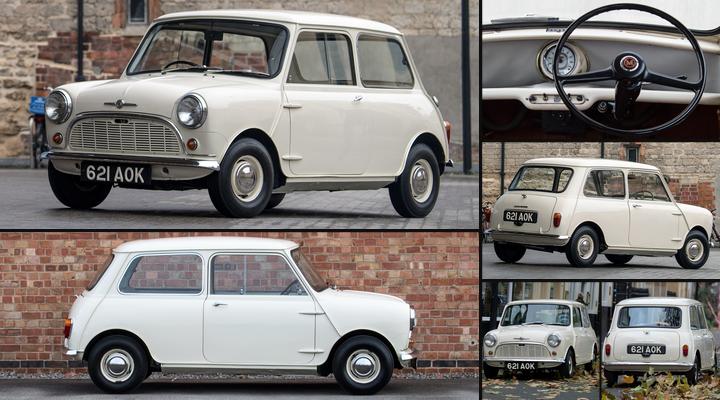
Windows and Glass
The Mini had large windows all around, providing excellent visibility for the driver and passengers. The upright windscreen and wide side windows contributed to the car’s airy and open feel.
Door Configuration
The Mini featured a unique door configuration with small, outward-opening “suicide” doors at the front and conventional doors at the rear. This design allowed for easier access to the rear seats, despite the compact size of the car.

Simple and Functional Interior
The interior of the Mini was designed with simplicity and functionality in mind. It featured a minimalist dashboard layout with centrally located instruments and a compact steering wheel. The use of space was optimized, providing a surprising amount of legroom and headroom for a car of its size.

Iconic Grille and Badging
The Mini had a distinct hexagonal grille at the front, featuring horizontal slats. The BMC logo was prominently displayed on the grille and boot lid. The Mini’s model badges, such as “Austin Seven” or “Morris Mini-Minor,” were positioned on the sides and rear of the car.

8. Engine
Engine Configuration
The engine was a water-cooled, four-cylinder, inline configuration. It had all four cylinders arranged in a row.

Displacement
The engine had a displacement of 0.85 liters, which is equivalent to 848 cubic centimeters (cc). The displacement refers to the total volume swept by all the pistons within the cylinders.

Power Output
The power output of the engine was approximately 34 horsepower. This horsepower figure refers to the amount of work the engine can perform, indicating its overall performance capabilities.

Carburetion
The engine used a single carburetor for fuel-air mixture delivery. The carburetor is responsible for mixing the correct amount of fuel with air to create the combustible mixture required for engine operation.
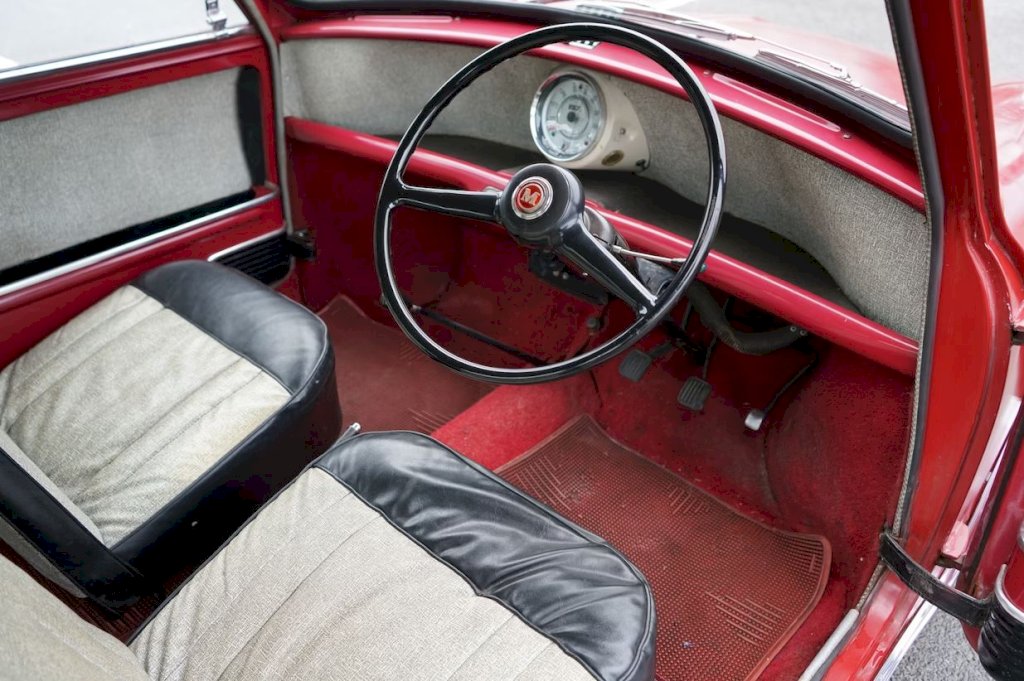
Valvetrain
The engine had an overhead valve (OHV) configuration, with the valves located in the cylinder head above the combustion chamber. The valvetrain consisted of a camshaft that operated the intake and exhaust valves.

Fuel Type
The 1959 Mini’s engine ran on gasoline/petrol, which was the common fuel type for internal combustion engines at the time.
9. Performance
Horsepower
The engine produced approximately 34 horsepower, which provided adequate power for the Mini’s lightweight design.
Top Speed
The top speed of the 1959 Mini was around 72 mph (116 km/h) in stock configuration.
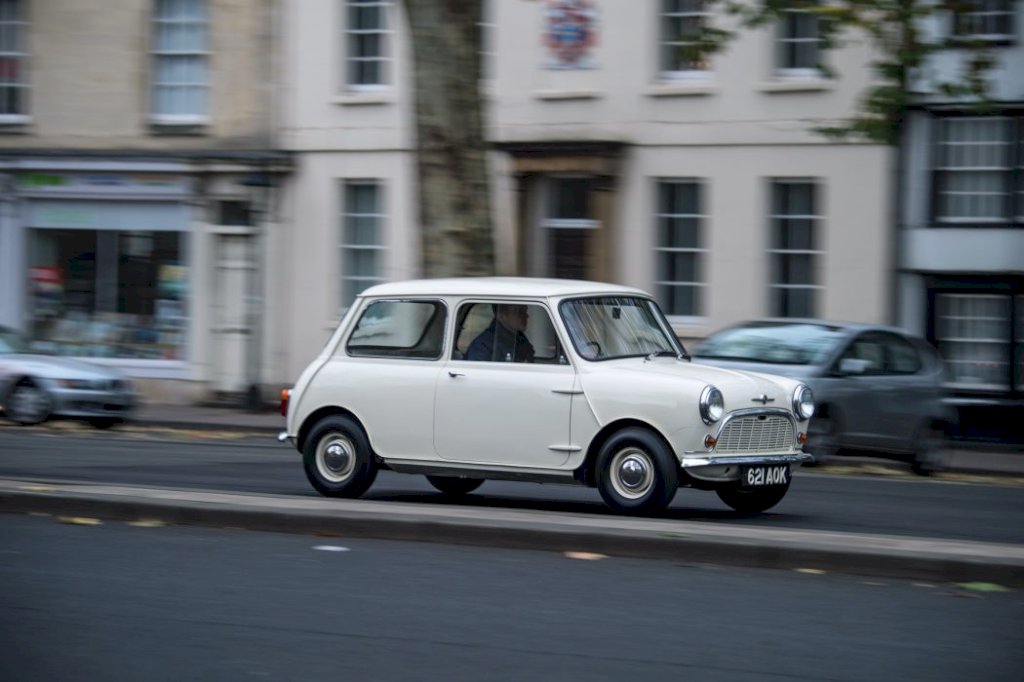
Acceleration
The Mini had a relatively modest acceleration due to its small engine size. The 0 to 60 mph (0 to 97 km/h) time was around 30 seconds.
Fuel Efficiency
One of the Mini’s notable characteristics was its fuel efficiency. It delivered impressive mileage, often achieving around 40-45 mpg (17-19 km/l) under normal driving conditions.

